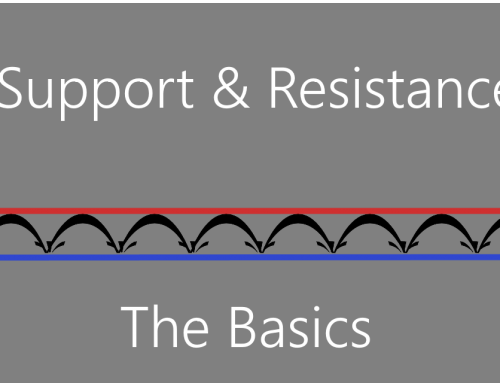Want to make a quick profit? Here’s an easy trading tactic that offers high potential reward with reasonable risk.
It’s called “Flipping,” an over-night trading method designed to make a sizeable profit in a short amount of time. While there is some risk involved in flipping stocks, a few simple guidelines can make the technique both safe and profitable.
To “flip” a stock, you enter a position near the close of one trading session and exit at the open of the next session – hopefully for a nice quick profit. This tactic works equally well from either the long or the short side, but in this article we’ll focus primarily on the long (buy) side.
The risk of course is that if bad news hits the stock or the market overnight, you can get hit hard. However, if the market is moving well with many stocks finishing the day strong and near their highs, you can capture a nice profit and only hold the stock for a few market minutes.
There are three rules to bear in mind if you decide to use this tactic. However, before we look at the “three rules of flipping,” here is a bit of background that shows why playing flip trades can be very profitable.
Studies by Moore Research Center show that when markets close in the upper 20% of their price range for the day, they tend to move higher the next session. For example, researchers looked at ten years of S&P 500 data and found that when the 20% level was met, prices rose above the previous day’s high 80% of the time!
Traders and active investors can use this information as part of their planning routine when deciding whether to hold onto current positions, exit, or enter a new one for a quick flip trade. A top 20% finish into the closing bell could merit holding a position longer than originally planned, whereas a close below that level might prompt a quick sale to lock in profits.
The studies by Moore Research also indicated that even though prices rose higher the next day 80% of the time, they only closed higher about 50% of the time – so it’s a good idea to keep a tight stop on these “flippers!”
The Three Rules of Flipping
1. Make sure the Daily Trend is up. You can find this information in the Technical Analyst section of The RightLine Report.
2. Select stocks that are finishing strong, within 20% of their session high. This is pretty easy to see, if you are watching the market near the close. Ideally you want your stocks to be in a sector that closes in the top 20% of its range with several strong stocks in the group finishing at their highs. There numerous indices for almost every sector, so be sure to monitor the index for stocks that you intend to enter.
3. If you buy a stock with the intention of flipping it, then flip it! Lots of traders make the mistake of thinking that the stock will keep flying and they might miss the move if they sell. However, unless the stock you bought to flip has significant news overnight, most likely the stock will gap open and then sell off a bit as traders sell the gap. This play is termed as “fading the gap” – trading opposite of the move.
Summary: When flipping, you have to be disciplined in planning your trade and sticking with your plan. You can’t get greedy if you want to “flip” successfully. One reason flipping a stock works so well is because the world tends to follow the US markets. When the US markets finish on the strong side, other foreign markets will normally have positive moves overnight. As a result, the next day we will often see the futures up before the open. This prompts many retail investors and amateur traders who don’t want to miss the move to jump in with buy orders at the open, just as flippers are selling.
This is obviously a very short term trading tactic that is best suited for traders who have access to the markets at the close of the current session, and the open of the following session. Keep in mind that flipping has its own set of risks, but if you stick to the rules and use good trading discipline, it can be very profitable!






